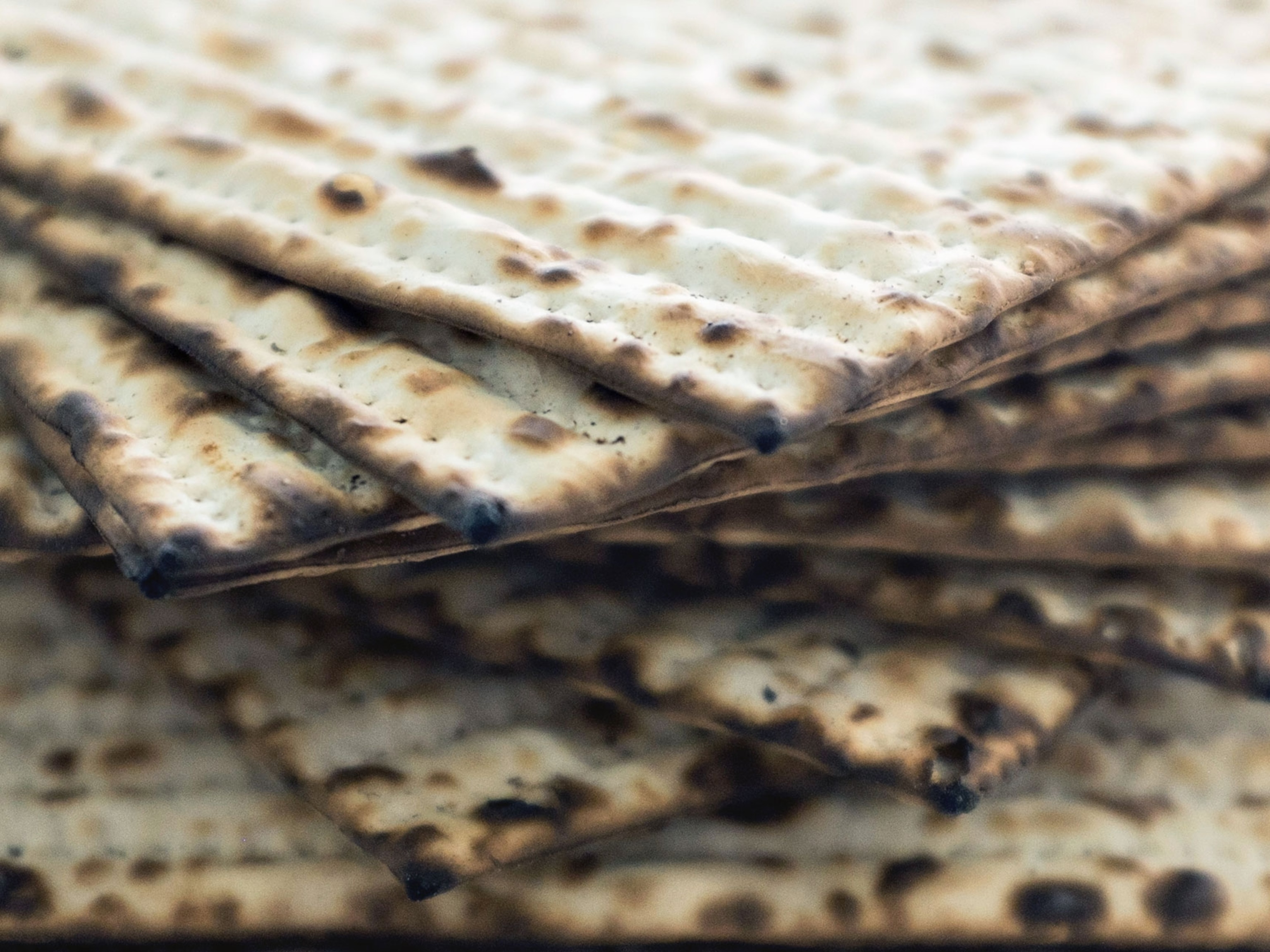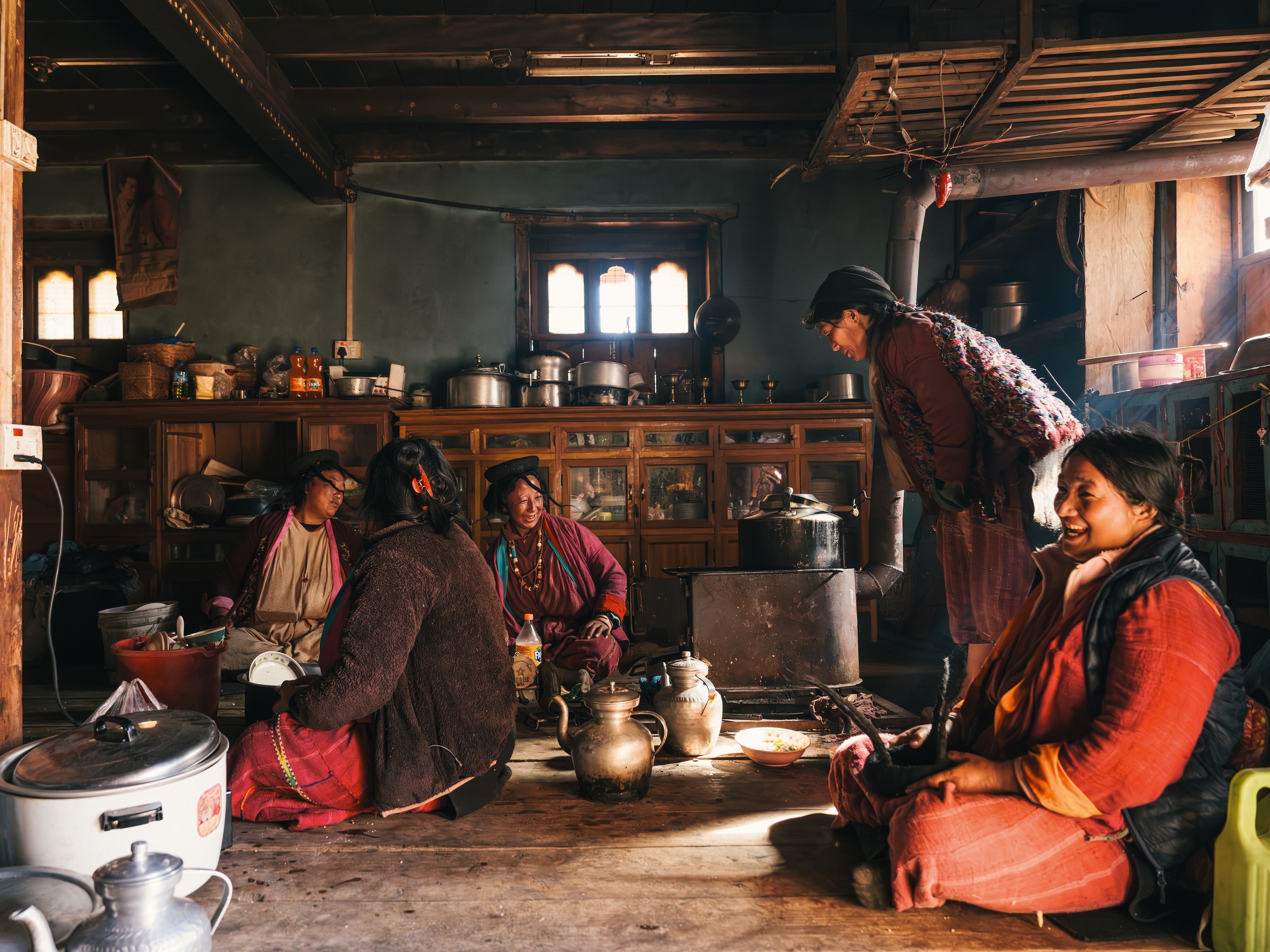
Descendants of Chernobyl’s Jewish dynasty return to the exclusion zone
For centuries, Chernobyl was home to an important Hasidic movement. Now, one man—and his 50,000 relatives—are reclaiming their history.
For 30 years, New York native Yitz Twersky spent all his time and money researching his genealogy, connecting eight generations and over 50,000 people to their roots in Chernobyl, the site of catastrophic nuclear disaster in 1986. He funded hundreds of genetic tests to confirm distant relations, while combing through historical records of a prominent Jewish dynasty. Once satisfied with his life pursuit, Yitz traveled to the birthplace of his family in Ukraine for the first time, breathing fresh life into the surrounding contamination.












Long before clouds of highly radioactive particles were released across Europe, sparking fascination and instilling fear of humanity’s fragility, Chernobyl consumed the region with a spiritual fervor. During the 18th century, this town around 100 miles northeast of Kiev became the cradle of a prominent Hasidic movement started by Yitz’s direct ancestor, Rebbe Menachem Nahum Twersky, a disciple of the founder of Hasidism, the Baal Shem Tov.
“When the nuclear disaster happened everyone in Williamsburg or Borough Park or other [Orthodox Jewish] religious places–everyone knew Chernobyl,” Yitz says.
The goal of Yitz’s epic genealogy investigation was to find this important ancestor and map all of his descendants. “This was my quest,” Yitz explained. “I went to Ukraine myself, when it was still under the Soviet Union to speak with anyone that would talk to me. There was no internet, no email. They would take out phone books and write to people.” (Here are eight tips to help find your family tree.)
Yitz spent a lifetime traveling the world to study 18th-century census records housed in Kiev archives, KGB files, hundreds of testimonies from Holocaust survivors at Israel’s Yad Vashem, and the Y chromosome DNA tests of relatives living in 31 countries, discovering priceless artifacts along the way, like silver Passover plates, a rare, miniature Torah scroll, and historic photos of Grand Rebbes. After such an extensive genealogy project spanning decades, Yitz decided the time was right time to make the journey.

Hidden under the surface
Pilgrims long sought answers from this storied land. Thousands flocked from around the region to hear the teachings and receive blessings from Mordechai Twersky, son of Menachem Nahum who continued as Grand Rabbe of Chernobyl, living in opulence with a court and finery from the tsar’s silversmith. All of his eight sons became rabbis around Ukraine, and so did their children, and so the Twersky dynasty continued.
The Russian Revolution in 1917, the peasant pogroms of 1919, and the second World War devastated Chernobyl’s Jewish community, yet thousands of their descendants live today in Poland, the United States, and Israel. Ukraine has one of the largest numbers of Jewish heritage sites of any European country: around 1,500 have been identified, but the true tally certainly runs higher. Numerous companies–such as Poyechali, JUkraine, and Jewish Travel Agency–assist with genealogical research, organize group tours, and help individuals searching for answers about their ancestors.
One significant ancestral site is the final resting place of Menachem Nahum Twersky, which sits within the Chernobyl Exclusion Zone, the one-thousand-square-mile swath of contaminated land ringing the malfunctioned reactor, now encased by a steel barrier. (See photos taken on illegal visits to Chernobyl's dead zone.)




Rabbi Sirkis Leibel of New York helped discover the exact site in 1988, only two years after the accident. “I needed special permission from Washington to enter,” he said. Penetrating radar equipment tested the earth to locate the mausoleum of the great mystic who published one of the first works of Hassidic thought, hiding just beneath the surface.
“We go there to [Chernobyl] to sing songs, light candles, and say psalms. It’s a very special and emotional part of the trip,” says Rabbi Shmiel Gruber, from New Square, an all-Hasidic town in Rochester County, New York, modeled after Chernobyl by a succession of rabbinical leaders from the Twersky family. Many rely on Gruber for help to organize guides and translators.
Over the past two decades, he’s taken more than 10 groups to the Old Synagogue and graves before continuing the itinerary of other Jewish heritage sites in the area–avoiding the estimated 60,000 annual tourists that explore the empty swimming pool, abandoned school, and memorials in the evacuated area.
“The Grand Rabbes all originally come from Chernobyl, and many of us want to visit the grave of the first rabbe, but it’s very hard, the Ukrainian bureaucracy,” he laments.
Documentation for all visitors to the Chernobyl Exclusion Zone and surrounding areas must be submitted to government authorities weeks in advance–easiest to arrange through a tour company. Apparently some visitors with the proper paperwork on Gruber’s trip still were denied entry at the checkpoint, forced to wait for the others to return.
“Every time they come up with different requirements,” says Gruber. “I’m not sure why it’s a closed zone, and if it is, why they make it so hard.”
Family reunion
When Yitz Twersky finally made the journey with his wife to the place that occupied his mind for a lifetime, he carried the names of 50,000 people. “Of course I saw other Orthodox Jews there, and some of them I knew. Of all places to run into people you know: Chernobyl.”
They also met with Italian photographer Pierpaolo Mittica, who visited more than 20 times since 2002 to document untold stories in the aftermath.
“This situation was maybe the most uncommon I’ve seen in the Chernobyl Exclusion Zone. All these people with black hats during winter, talking and praying at the gravesites in front of a forest,” says Mittica. “That created an incredible atmosphere to photograph, but this is an exclusion zone, the most dangerous place in the world. The beauty contrasted the contamination.”
One of his photographs captures a Jewish custom of offering petitions to the departed, asking them to intercede on their behalf. Yitz stands by the grave of his ancestors, holding papers with 50,000 names.
“For me to put in these names and say to my ancestor, I did it. This is everyone. Please pray for the entire family,” says Yitz. “That’s why it was a very emotional visit for me, because it was like I finally came full circle.”
You May Also Like
Go Further
Animals
- Soy, skim … spider. Are any of these technically milk?Soy, skim … spider. Are any of these technically milk?
- This pristine piece of the Amazon shows nature’s resilienceThis pristine piece of the Amazon shows nature’s resilience
- Octopuses have a lot of secrets. Can you guess 8 of them?
- Animals
- Feature
Octopuses have a lot of secrets. Can you guess 8 of them?
Environment
- This pristine piece of the Amazon shows nature’s resilienceThis pristine piece of the Amazon shows nature’s resilience
- Listen to 30 years of climate change transformed into haunting musicListen to 30 years of climate change transformed into haunting music
- This ancient society tried to stop El Niño—with child sacrificeThis ancient society tried to stop El Niño—with child sacrifice
- U.S. plans to clean its drinking water. What does that mean?U.S. plans to clean its drinking water. What does that mean?
History & Culture
- Gambling is everywhere now. When is that a problem?Gambling is everywhere now. When is that a problem?
- Beauty is pain—at least it was in 17th-century SpainBeauty is pain—at least it was in 17th-century Spain
- The real spies who inspired ‘The Ministry of Ungentlemanly Warfare’The real spies who inspired ‘The Ministry of Ungentlemanly Warfare’
- Heard of Zoroastrianism? The religion still has fervent followersHeard of Zoroastrianism? The religion still has fervent followers
- Strange clues in a Maya temple reveal a fiery political dramaStrange clues in a Maya temple reveal a fiery political drama
Science
- NASA has a plan to clean up space junk—but is going green enough?NASA has a plan to clean up space junk—but is going green enough?
- Soy, skim … spider. Are any of these technically milk?Soy, skim … spider. Are any of these technically milk?
- Can aspirin help protect against colorectal cancers?Can aspirin help protect against colorectal cancers?
- The unexpected health benefits of Ozempic and MounjaroThe unexpected health benefits of Ozempic and Mounjaro
- Do you have an inner monologue? Here’s what it reveals about you.Do you have an inner monologue? Here’s what it reveals about you.
Travel
- Follow in the footsteps of Robin Hood in Sherwood ForestFollow in the footsteps of Robin Hood in Sherwood Forest
- This chef is taking Indian cuisine in a bold new directionThis chef is taking Indian cuisine in a bold new direction
- On the path of Latin America's greatest wildlife migrationOn the path of Latin America's greatest wildlife migration
- Everything you need to know about Everglades National ParkEverything you need to know about Everglades National Park





